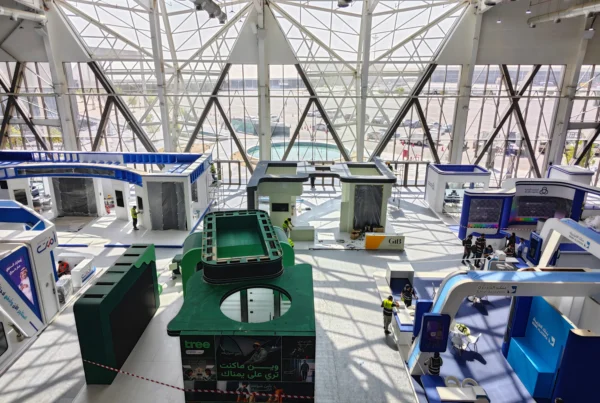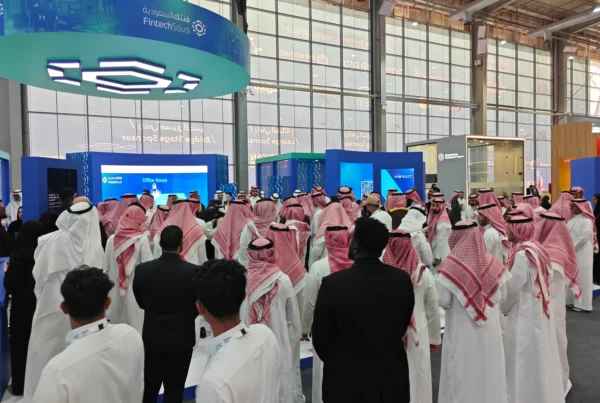Digital Twins in Real Estate: Why Unreal Engine Outshines Unity
Digital twin technology is revolutionizing the real estate industry, offering a powerful way to visualize, plan, and market projects like never before. By creating detailed virtual replicas of physical properties, developers, investors, and stakeholders can interact with projects before they even exist. The success of these digital twins largely depends on the tools used to build them. Two of the most prominent engines in this space are Unreal Engine and Unity.
While both engines have their strengths, Unreal Engine is the clear winner for creating high-quality, scalable, and immersive digital twins tailored to the demands of real estate. This article delves into the role of digital twins in real estate, compares Unreal Engine and Unity, and highlights why Unreal Engine is the superior choice.
The Role of Digital Twins in Real Estate
Digital twins serve as dynamic virtual models of real-world properties, offering incredible versatility and value for the real estate sector. They provide stakeholders with:
- Photorealistic Visualization: Enabling a full exploration of properties in 3D before they’re built.
- Streamlined Decision-Making: Allowing real-time adjustments and better collaboration among stakeholders.
- Enhanced Marketing: Delivering immersive experiences that captivate buyers and investors.
For example, the Jeddah Central Development Company Digital Twin Project demonstrates how digital twins can showcase complex developments interactively, enabling stakeholders to make informed decisions.
Unreal Engine vs. Unity: A Head-to-Head Comparison
Choosing the right engine is critical to the success of a digital twin. Here’s how Unreal Engine and Unity stack up in key areas:
1. Rendering Quality
- Unreal Engine: Known for its photorealistic rendering, Unreal Engine delivers stunning visuals that are essential for real estate marketing and stakeholder presentations. Advanced lighting and material systems bring even the smallest details to life.
- Unity: While Unity is powerful for gaming and lightweight applications, its rendering capabilities are less advanced, making it less suited for high-quality real estate projects.
2. Scalability
- Unreal Engine: Handles large-scale, complex datasets seamlessly, making it perfect for massive real estate developments and urban planning.
- Unity: While versatile, Unity struggles with the performance demands of large-scale digital twins, limiting its applicability for expansive real estate projects.
3. Immersive Capabilities
- Unreal Engine: Offers robust integration with virtual reality (VR) and augmented reality (AR) technologies, creating fully immersive experiences for stakeholders to explore properties interactively.
- Unity: Although Unity supports VR and AR, its offerings lack the same level of realism and interactivity as Unreal Engine.
For more factors to consider when building digital twins, check out our article on 7 Key Factors for Digital Twin Success.
Why Unreal Engine Outshines Unity for Real Estate Digital Twins
Unreal Engine’s advanced capabilities make it the ultimate choice for real estate digital twins, offering:
- Photorealism: Unreal Engine’s visuals deliver the level of detail needed to impress stakeholders and attract buyers.
- Scalability: Its ability to handle complex, large-scale developments is unmatched.
- Immersive Features: VR and AR integrations allow users to “walk through” properties virtually, creating memorable, impactful experiences.
These strengths were showcased in the Riyadh Digital Twin Project, where Unreal Engine brought an urban development to life with breathtaking detail and interactivity.

Case Studies: Unreal Engine in Action
1. Jeddah Central Development Company Digital Twin
In this project, Unreal Engine was used to create an interactive digital twin of a mixed-use development. Stakeholders could explore every detail of the project in real-time, gaining a deeper understanding of its scope and potential.
Learn more about the project here.

2. Riyadh Digital Twin Project
Unreal Engine powered this urban planning project with photorealistic visuals and real-time interactivity, allowing planners and stakeholders to refine designs with precision.
Explore the details here.

Challenges and Limitations of Unity for Real Estate
While Unity is a popular choice for game development, it has limitations when applied to real estate digital twins:
- Lower Visual Quality: Unity’s rendering engine cannot match the photorealism required for marketing-grade visuals.
- Performance Issues: It struggles with handling large-scale projects and complex datasets.
- Limited Interactivity: Unity’s immersive capabilities fall short compared to Unreal Engine, especially for VR/AR applications.
The Chameleon Interactive Advantage
At Chameleon Interactive, we specialize in creating high-quality digital twins for real estate using Unreal Engine. Our projects, such as the Jeddah Central Development Company Digital Twin and Riyadh Digital Twin, demonstrate our expertise in delivering photorealistic, scalable, and interactive solutions.
Our team leverages Unreal Engine’s advanced capabilities to create digital twins that not only meet but exceed client expectations, making us a trusted partner for real estate developers, urban planners, and investors.
Conclusion
When it comes to real estate digital twins, Unreal Engine is the clear leader, offering superior photorealism, scalability, and immersive experiences that Unity cannot match. Whether you’re developing a luxury property, a mixed-use development, or a large-scale urban plan, Unreal Engine delivers the quality and interactivity needed to engage stakeholders and drive success.
If you’re ready to elevate your real estate marketing and project planning, Chameleon Interactive is here to help. Explore our expertise in creating transformative digital twins with Unreal Engine and let us bring your vision to life. Contact us today to get started!
FAQ: Unreal Digital Twin for Real Estate
1. What advantages does a digital twin in Unreal Engine bring to real estate projects?
A digital twin unreal engine solution provides photorealistic 3D visuals, real-time rendering, and interactive features essential for off-plan sales, urban planning, and investor presentations. The high-fidelity environments let stakeholders explore properties virtually, speeding decision-making and boosting buyer confidence.
2. Why is an unreal digital twin more impactful than one built on other engines?
An unreal digital twin stands out due to Unreal Engine’s superior lighting, texture detail, and scalability. These photorealistic qualities are critical in real estate marketing, helping viewers accurately assess design elements, finishes, and space utilization before a property is completed.
3. How does Unreal Engine overcome limitations that hinder other platforms like Unity for real estate digital twins?
Unity can handle moderate projects but struggles with large-scale developments and the high visual quality demanded by real estate. In contrast, Unreal Engine’s advanced tools maintain smooth performance in expansive property models, delivering immersive experiences that unify teams and thrill potential buyers.
4. Can a digital twin unreal engine approach help reduce real estate marketing costs?
Yes. By replacing costly physical showrooms with an unreal digital twin, developers can remotely showcase multiple layouts or finishes in a single interactive environment. This flexibility cuts expenses, shortens the sales cycle, and opens the property to global audiences without travel barriers.
5. Where can I see examples of an unreal digital twin in action for major property developments?
Check out Chameleon Interactive’s case studies on high-profile projects like the Jeddah Central Development Company Digital Twin. These show how combining digital twin for real estate with Unreal Engine fosters realistic previews, attracting both local and international investors.


